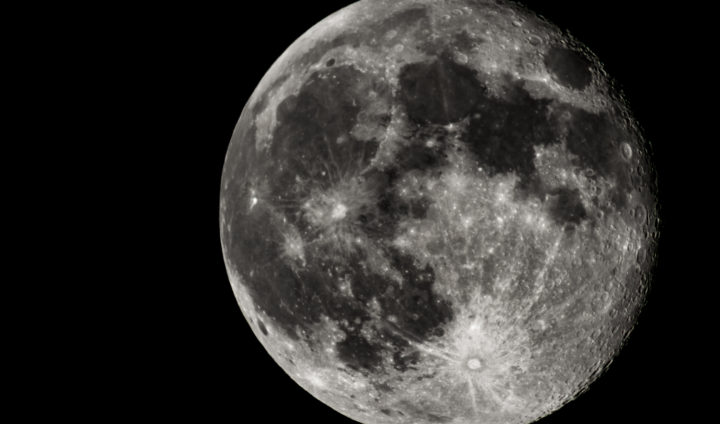Scientists have achieved a significant breakthrough in the realm of space exploration by creating a novel energy source, potentially enabling prolonged lunar habitation for astronauts. The ambitious NASA-led Artemis Program is striving to establish a lunar outpost by approximately 2030. To fulfil the energy demands of sustaining life on the Moon, Bangor University has devised minuscule nuclear fuel cells, resembling poppy seeds in size.
Professor Simon Middleburgh, hailing from Bangor University, described the endeavour as an arduous but enjoyable challenge. The Moon, considered by some as a stepping stone to Mars, contains abundant resources crucial for contemporary technology. It is hoped that the Moon can serve as a launchpad for venturing beyond our planetary neighbour.
As space technology advances at a rapid pace, the BBC has been granted exclusive access to the laboratory of the Bangor University Nuclear Futures Institute. This institution, a global leader in fuel technology, collaborates with esteemed partners like Rolls Royce, the UK Space Agency, NASA, and the Los Alamos National Laboratory in the United States.
Professor Middleburgh, representing the Nuclear Futures Institute, expressed optimism about conducting comprehensive tests on the nuclear fuel in the coming months. Certain lunar regions experience extreme temperatures, plummeting to a bone-chilling -414°F (-248°C) due to the absence of an atmosphere to regulate surface temperature. Bangor University plays a pivotal role in developing alternative energy sources to sustain life under such harsh conditions.
The researchers have recently dispatched the diminutive nuclear fuel cell, known as a Trisofuel, to their collaborators for evaluation. This Trisofuel cell holds the potential to power a compact nuclear generator designed by Rolls Royce. The generator is a portable device, roughly the size of a small car and suitable for rocket deployment, as noted by Professor Middleburgh. It will undergo rigorous testing simulating the conditions of space travel in preparation for a lunar base expected to be established by 2030.
In a significant development, India recently achieved a historic landing near the Moon’s south pole with its robotic probe Chandrayaan-3. A primary objective of this mission is to locate water-based ice, which scientists believe could support human presence on the Moon in the future.
Professor Middleburgh proudly highlighted that Bangor University’s work is raising the global profile of Wales. The university envisions that these micro generators could also find applications on Earth, particularly in disaster-stricken areas where electricity supply has been disrupted.
Additionally, the Bangor team, under the leadership of Dr. Phylis Makurunje, is actively involved in designing a nuclear propulsion system for rockets. Dr. Makurunje emphasised the remarkable thrust and efficiency of this technology, which could substantially reduce the travel time to Mars. She stated that with nuclear thermal propulsion, the journey to Mars could be shortened from the current nine-plus months to about four to six months.
Geopolitical author and journalist Tim Marshall commented on this fuel breakthrough as a pivotal step in a global race towards the lunar south pole. He expressed confidence in the establishment of lunar bases by the 2030s, likely led by major powers such as China and the United States. These bases could tap into valuable lunar resources like titanium, lithium, silicon, iron, and other minerals crucial for 21st-century technologies.
However, Marshall cautioned that the commercialisation of space and outdated space laws, like the 1967 Outer Space Treaty, pose challenges. Without updated United Nations-backed regulations to govern space activities, a lack of legal frameworks may lead to unregulated competition and potential dangers in the burgeoning space arena.







